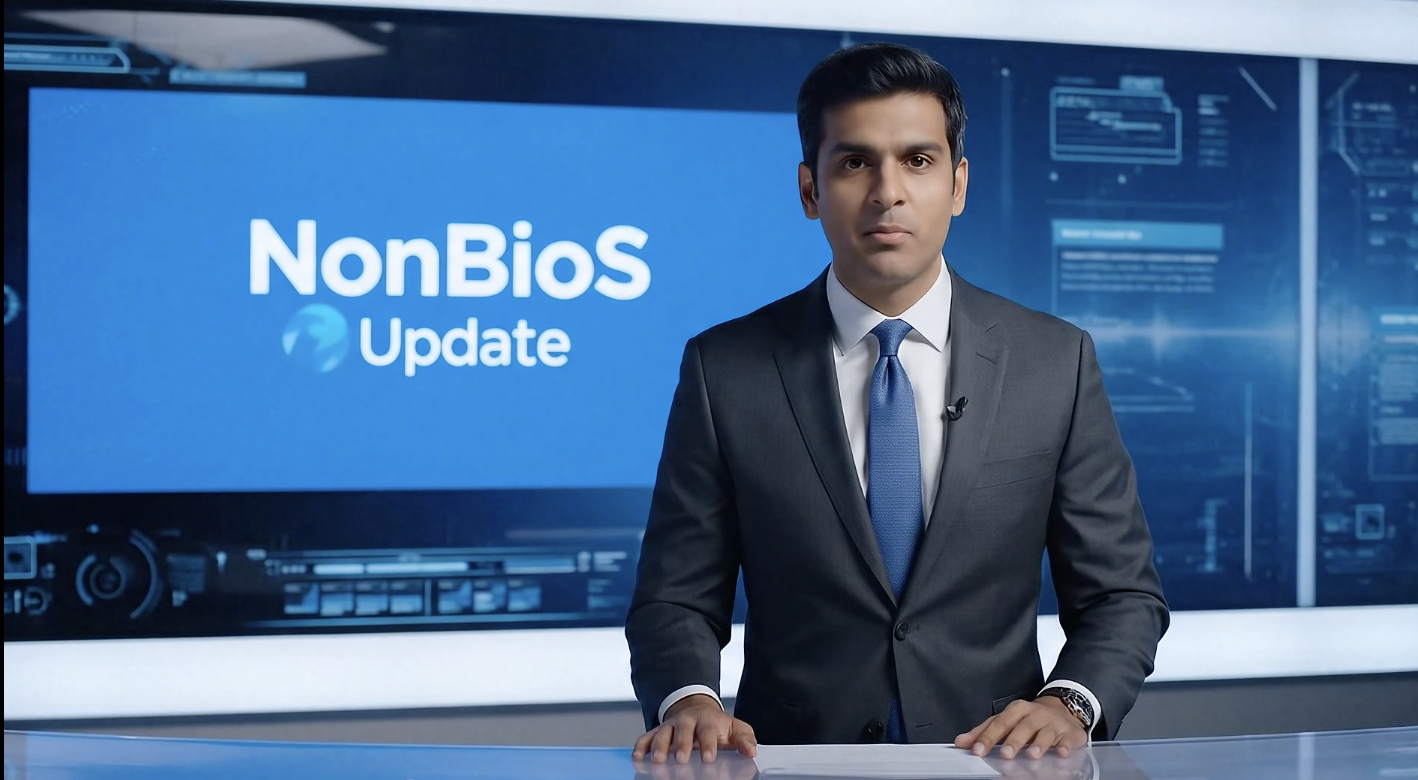Amit
December 1, 2025
Essential Guide to Debugging AI-Generated Frontends
We noticed many NonBios users were asking the same question: "How do I debug issues when my app doesn't work as expected?" So we created a tutorial.
A week after our last update, we're making some important changes to our model lineup and introducing features that our power users have been requesting. Here's what's happening across the platform.

A week after our last update, we're making some important changes to our model lineup and introducing features that our power users have been requesting. Here's what's happening across the platform.
We've begun moving nonbios-1 to the deprecation path, where it now exists only as a legacy option for users who still need it. For the vast majority of software projects, we now clearly recommend nonbios-1.1 as the go-to choice. It's proven itself stable, capable, and reliable across thousands of development sessions. nonbios-1.2 remains experimental, though we're seriously considering moving it to the deprecation path as well given the ongoing production issues we've encountered.
This consolidation reflects our commitment to focusing development resources on what works best rather than maintaining multiple models with overlapping capabilities. nonbios-1.1 has consistently delivered the autonomous development experience we promised, and concentrating our efforts there means faster improvements for everyone.
One of our most requested power user features is now live: direct sandbox access credentials. Whenever you start a new chat, you'll now see the root credentials for your provisioned private sandbox displayed clearly in the interface. This means you can SSH directly into your development environment when you need that level of control—perfect for complex debugging scenarios, custom tooling setup, or when you simply prefer working directly with the file system. Your sandbox remains completely private and isolated, but now you have full administrative access when you need it.
We've also shipped significant stability improvements to nonbios-1.1 that should dramatically reduce hallucination and increase long-term compliance during extended development sessions. Response times have improved as well, making the back-and-forth with the AI feel more natural and immediate. These weren't flashy changes, but they represent the kind of fundamental reliability improvements that make autonomous agents trustworthy for real work.
For transparency and monitoring, we've launched our status page at stats.nonbios.ai where you can check platform uptime and service status in real-time. No more wondering if an issue is on your end or ours—the status page gives you immediate visibility into platform health.
Looking ahead, nonbios-1.3 is currently in development and promises to push the state of the art in autonomous AI agent capabilities. We can't share specifics yet, but it represents our most ambitious step forward in truly autonomous software development.
Perhaps most excitingly, we're actively working on multi-agent capabilities that will allow multiple simultaneous NonBioS chats. Until now, you've been limited to one active chat at a time, but as autonomous capabilities have improved, our power users have started requesting the ability to spin up multiple NonBioS instances working together on different parts of large software projects. One agent could be refactoring the backend while another implements new frontend features, all coordinated but working independently.
This multi-agent future was always part of our vision—autonomous AI teammates that can divide and conquer complex development work just like human engineering teams do. The fact that this request is coming directly from our community tells us we're on the right track. The feature is currently in internal testing, and when it ships, it will fundamentally change how you can scale development work with AI assistance.
The path forward is becoming clearer: fewer, more reliable models; direct access when you need it; transparent system monitoring; and the multi-agent capabilities that will define the next generation of AI-assisted software development. We're building toward a future where managing a fleet of specialized AI agents becomes as natural as coordinating with human teammates—and significantly faster.
Quick signup, give NonBioS a high-level instruction, see progress within minutes. Your first multi-hour session is on the house.